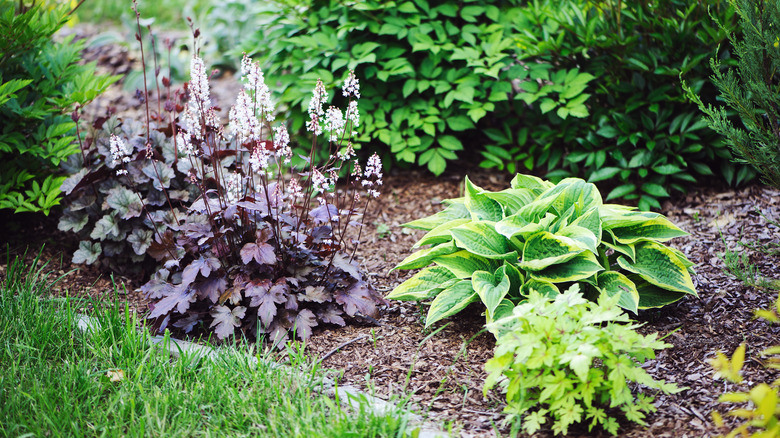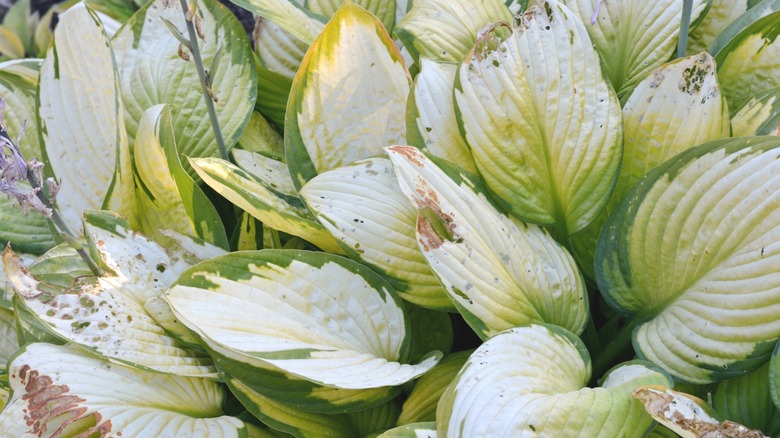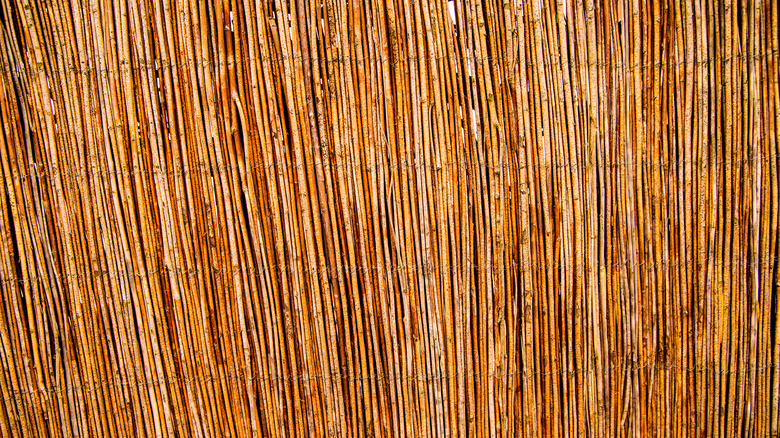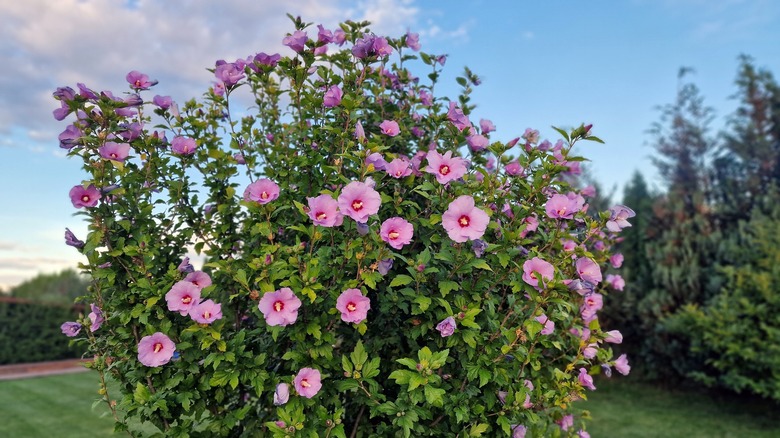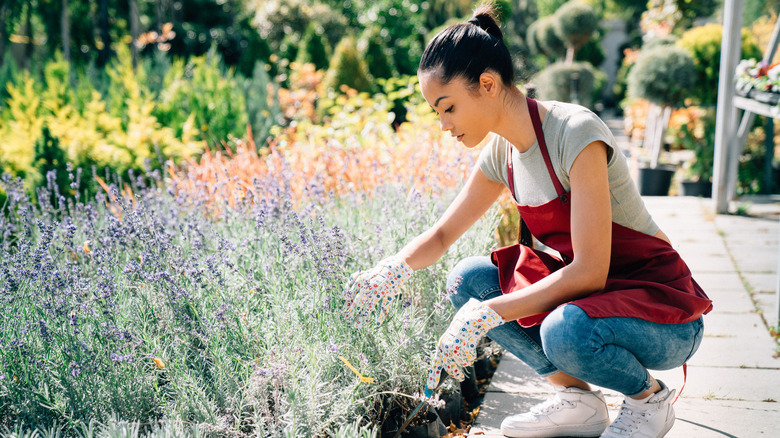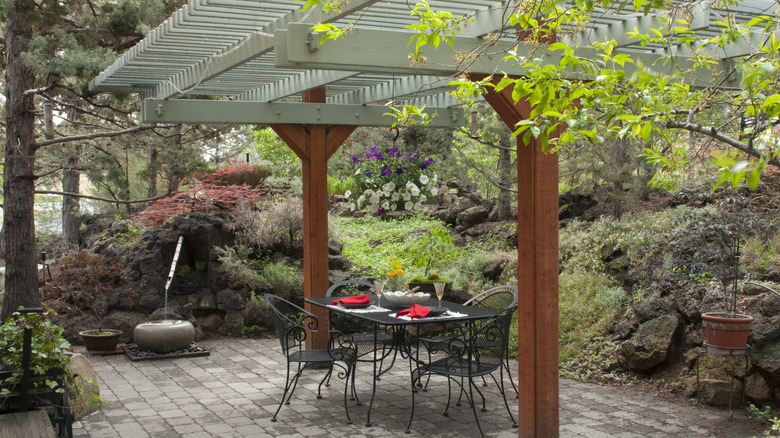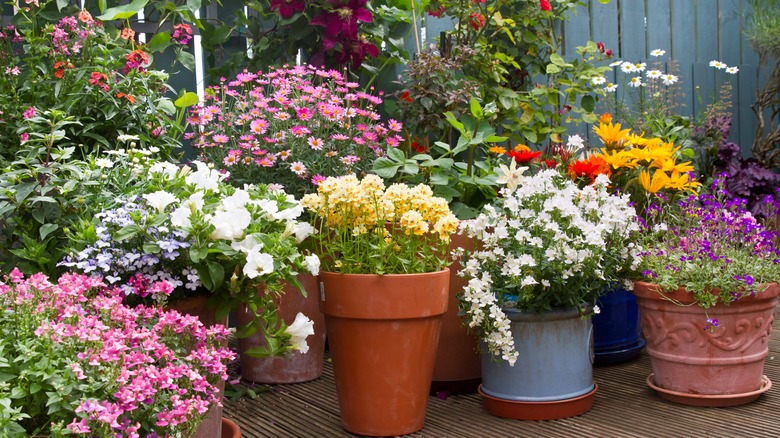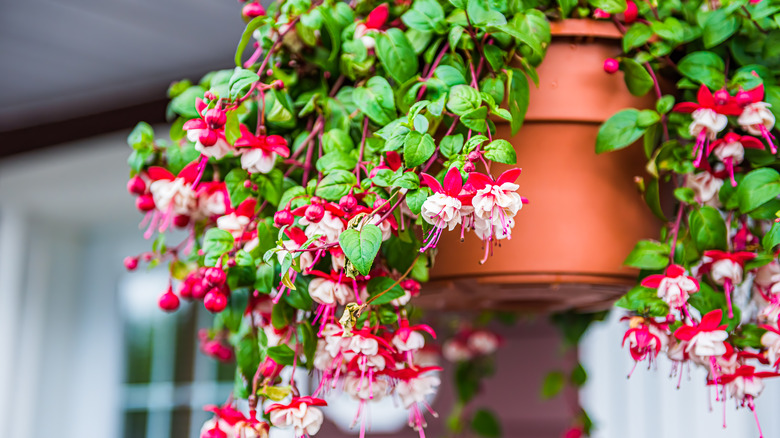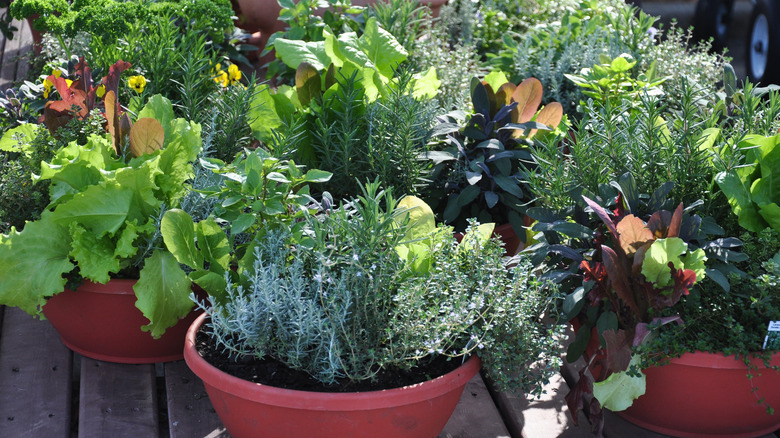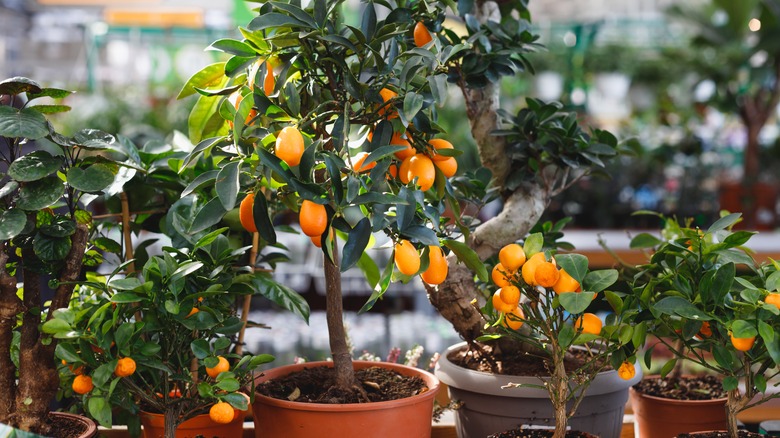Our Professional Gardener's Tips On What To Do If Your Shady Garden Suddenly Becomes Sunny
If you've recently had to cut down a mature tree, large shrub, or tall hedge in your yard, or if one in the neighboring property was removed, the shade-loving plants near them may now be exposed to much more sunlight than before. If this happens, you'll need to make changes to your garden to protect your plants. Here are my nine ideas for helping your garden adjust to the loss of shade including relocating plants, adding container plants, and erecting structures.
When plants undergo a radical change in their environment (such as during drought or intense cold snaps), they sometimes respond by slowing down growth to protect themselves. They might also succumb to stress and die. A sudden shift from full shade to bright sun can be dramatic especially in summer and could cause leaves to burn, so you'll want to assess how your plants are doing. If it's spring or autumn, you have more time to make helpful adjustments without too much damage to plants.
Additionally, if you're used to having shade, the sudden rush of sunlight could seem overwhelming on a hot sunny day. Luckily, there are ways to create shade to make up for the loss of a tree, hedge, or large shrub for your own enjoyment. Furthermore, by using containers, you can provide some additional sun protection for the shade-loving plants that are already in the area. Overall, you should prioritize protecting shade plants from being damaged by sudden exposure to too much sun.
1. Move shade-loving plants to more suitable locations
Some perennials need shade to thrive, and too much sunlight can damage them. For instance, some hosta varieties can tolerate partial to full sun, while others are vulnerable to scorching or fading in too much direct sun. I had a client whose wonderful hosta garden had to be moved when a diseased tree was cut down. Other shade plants that may suffer damage in bright sun include astilbes, bleeding hearts, primroses, and many ferns. When replanting shade-loving plants in partial sun, try to place them in a spot with morning sun instead of afternoon sun.
2. Use reed fencing to protect shade plants
A good emergency solution to protect shade plants from sudden exposure is to enclose your yard in affordable fencing. Reed fencing is a good option: It's cheap, widely available, lightweight, and comes in rolled sections that are easy to transport. It's sometimes called "willow" fencing after the rustic handmade fences in European gardens. If you decide to keep this fencing long term, it may need replacing every other year or so. But for a quick fix, you can't beat the flexibility of reed fencing to provide shade until you can relocate plants.
3. Plant shrubs for shade and structure
Without your large tree, shrubs, or hedges, your yard may seem somewhat bare, not to mention much sunnier. This is an opportunity to plant some new shrubs, which can help add a bit of shade and provide a nice "green" cooling effect in summer. Consider how much space you have and whether you want shrubs that need shaping and trimming or shrubs that have a more organic form. Some large, sun-loving, flowering shrubs that will bring drama and shade include weigela, ninebark, rose of Sharon, butterfly bush, and panicle hydrangea.
4. Add sun-loving perennials
There can be some unexpected benefits to losing your shade trees, including that all the extra sunlight means you can add more sun-loving perennials to your newly-sunny garden where they will thrive. Some perennials that are perfect for planting in sun-drenched gardens include roses, sedums, peonies, irises, lavender, chrysanthemums, flowering catmint, Shasta daisies, clematis vines, yarrow, bee balm (Monarda), and coneflower (Echinacea). Keep in mind that more sun may mean you will need to water your perennials more often. Do this in the morning or at dusk for better moisture absorption.
5. Build an arbor or pergola
Arbors and pergolas are structures that can be either free-standing or attached to other structures. They provide some shade, especially if climbing plants or vines like climbing roses, honeysuckle, or clematis vines are planted near them and trained to climb them. They're also suitable for hanging baskets of flowers. An arbor or pergola is an attractive way to add some structure and shade to your yard, and they need not be expensive. They can be made from many different materials, and you can even DIY a wooden pergola.
6. Make a sun-friendly container garden
Growing annual flowers in tall containers could help provide the your shade-loving plants with some extra shade while also adding some color and interest to your yard. Many flowering annuals bloom for weeks throughout summer and last well into autumn. They need only regular watering and deadheading to thrive. You can buy annuals at nurseries or grow them from seed. You may direct sow seeds in containers after the last frost, or you can start them indoors six weeks before the last frost date. Some beautiful annuals that love sun and containers include petunias, calendula, lobelia, cosmos, marigolds, stock, portulacas, and snapdragons.
7. Install sun-loving hanging plants
Flowers in hanging baskets or pots can bring real drama to the outdoor garden. Having flowers at different levels in garden beds, containers, and hanging pots creates a colorful outdoor display. Hanging containers from hooks at various heights also means they can provide a bit of shade here and there, which could benefit your shade-loving plants below. Many flowers suitable for hanging containers (like petunias, Mirabilis jalapa, and fuchsias) need regular deadheading to stay looking neat, and most need to be watered daily to thrive.
8. Create a vegetable container garden
If you've been wanting to do some vegetable gardening but didn't have enough sun, now's your chance! There's no need to till the ground or invest in raised beds, as many vegetables can be grown easily in containers including lettuces, peppers, greens, cabbages, tomatoes, herbs, cucumbers, and beans. You don't need fancy containers either, just pots with good drainage — taller ones can also provide your other plants with extra shade. Just get some organic potting mix, seeds or seedlings, and stakes for climbers. Some taller veggies (like cherry tomatoes that can get 6 feet tall!) can provide even more shade as well.
9. Add dwarf fruit trees in containers
Finally, you can take advantage of your yard's plentiful sun to grow dwarf fruit trees in containers, which will also add some shade for your other plants. Dwarf fruit trees are cultivars specially bred to remain compact in size. They're common in urban gardens where space is limited. Dwarf tropical fruit tree varieties such as banana, orange, lemon, or lime need warmer growing zones (USDA 8-11). But if you live in a more temperate zone, there are plenty of apple, pear, and stone fruit trees (such as cherry, peach, or apricot) in dwarf cultivars that are cold hardy to zone 5 or even lower.

